
Europe is home to thousands of mysterious underground tunnels, sparking intrigue among archaeologists and historians alike. Known as Erdstalls, these passageways stretch beneath fields and villages, often hidden from plain sight.
According to BBC News, some tunnels discovered in Germany and Austria date back nearly a thousand years. “Their original purpose has yet to be fully explained,” notes Dr. Heinrich Kusch, a leading researcher.
The Scale of Discovery

Across Europe, Erdstalls number in the thousands, with more than 700 in Bavaria and at least 300 in Austria. Most are narrow, low chambers branching into small offshoots, sometimes ending in larger galleries. Recent scientific surveys push the estimated combined tunnel length in these areas beyond several miles.
Medieval Origins

Radiocarbon analyses confirm the majority of Erdstalls were constructed in the High Middle Ages, between the 10th and 13th centuries.
Charcoal recovered from tunnels in Bavaria was dated to around 950–1050 AD, providing key evidence for their medieval origin. “Medieval builders left little behind except the tunnels themselves,” Reuters reports.
Theories Behind Their Use
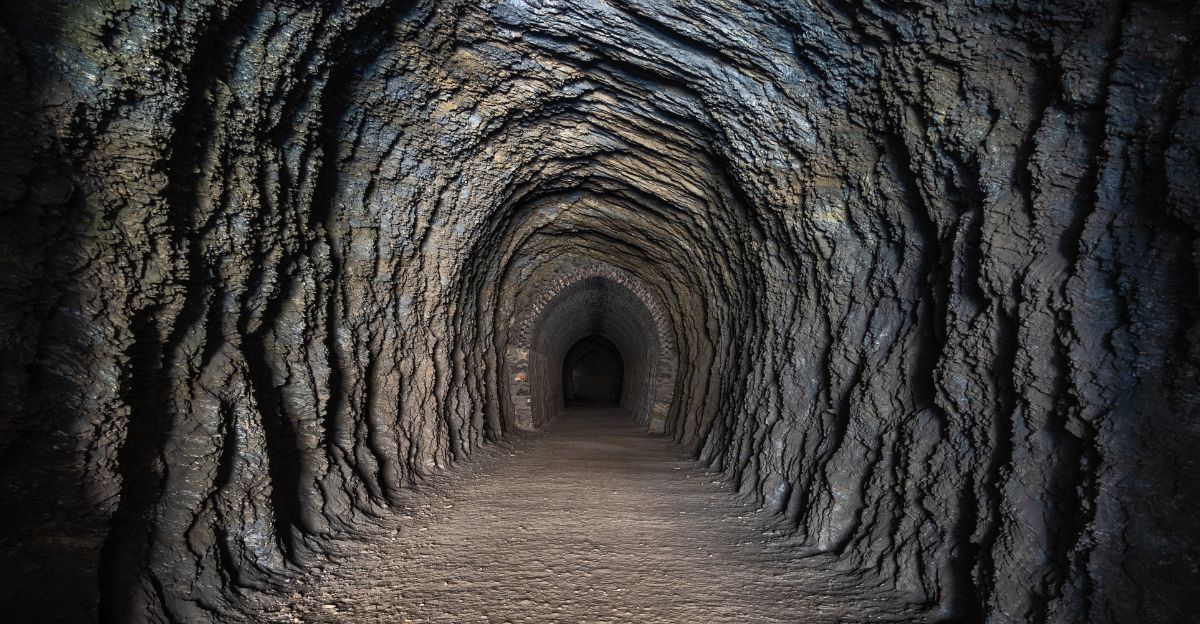
Experts remain divided on the tunnels’ intended purpose. Some believe they served as escape routes or hiding spots; others speculate ritual, spiritual, or food storage uses.
The lack of artifacts or records deepens the mystery. “Without clues, it’s difficult to pinpoint their true function,” admits Prof. Herbert Wimmer.
New Analyses

Recent advances in geophysics have traced medieval tunnels in Poland, confirming the Ponikowska Adit as a stealthy construction from the Middle Ages.
Popular Mechanics notes that expert surveys combined with laser mapping uncovered previously undocumented networks in Western France and Germany within just the last five years.
Regional Impact Unfolds

Communities across Austria and Germany face decisions about the fate of tunnels under their land. Heritage groups lobby for preservation, while some landowners worry about limits to property rights or building plans. Local governments now run educational outreach to raise awareness and promote safe exploration.
More Discoveries
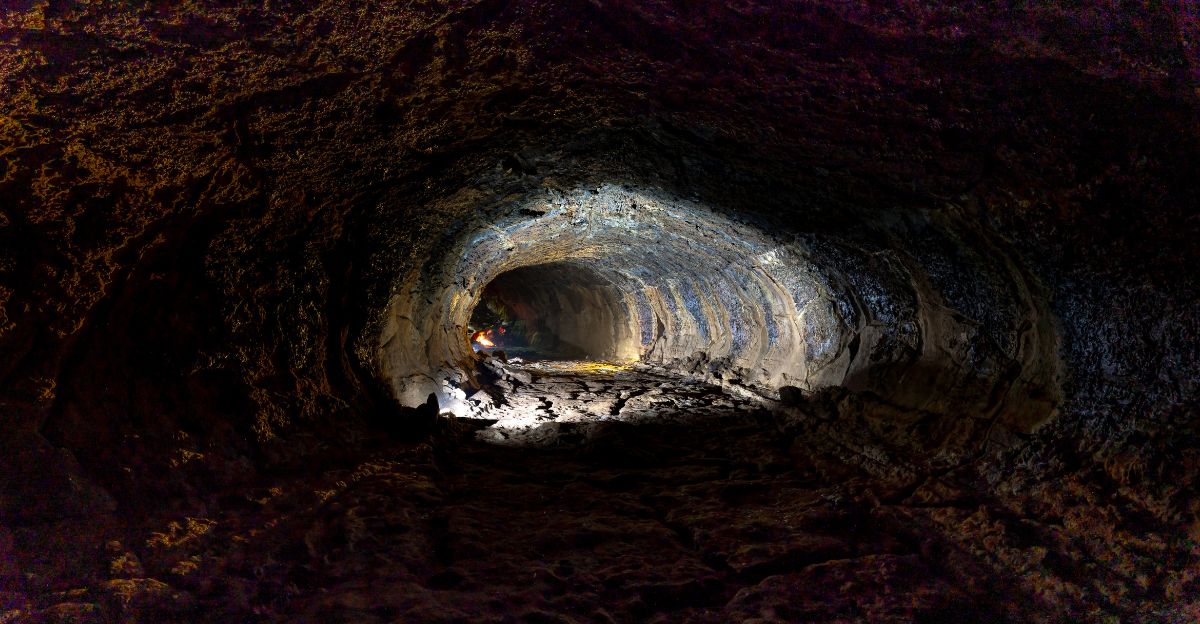
Electrical workers in Wales stumbled on a medieval tunnel during repairs. “It was almost as if people had been walking over it for however long that footpath had been there,” said Luke Summers, a technician. Cadw, the Welsh heritage agency, immediately halted work for archaeological study.
Regulatory Perspectives

Excavation near Erdstalls triggers regulatory scrutiny. Under European law, property owners must seek approval from heritage offices before construction near historic sites, often facing delays. Conservation standards and funding remain unevenly applied, fueling debate over preservation priorities.
Tunnel Trends
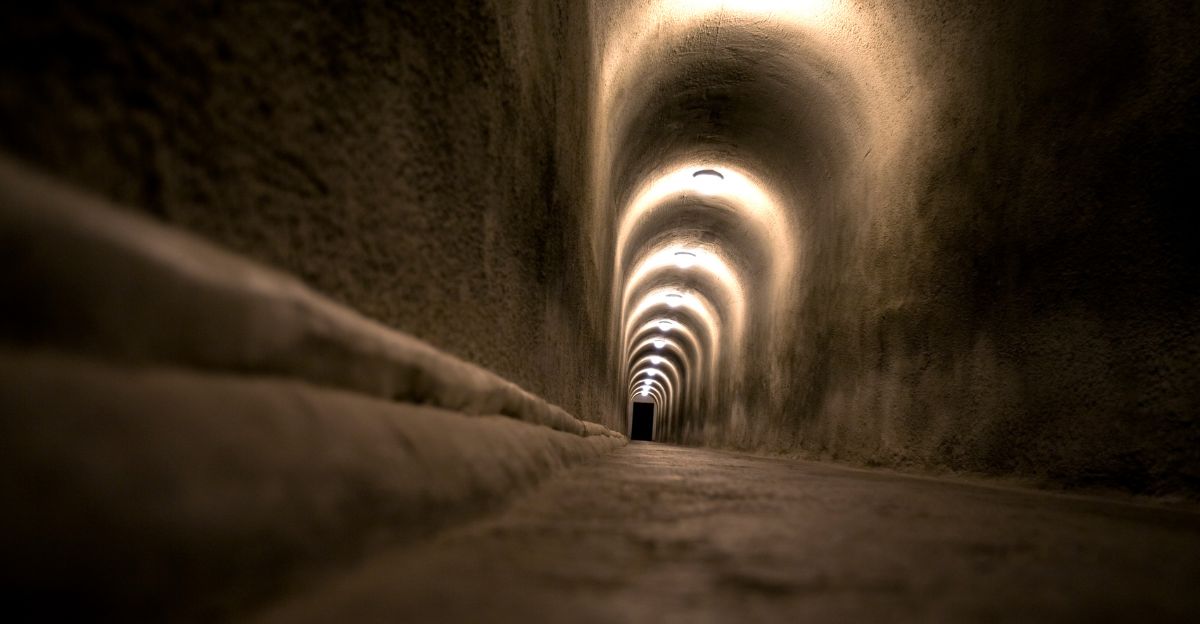
Europe continues to build both historic and modern tunnels. Austria excavated 51 kilometers in 2019 for transportation, while Germany and France added more than 60 km combined. This push for infrastructure contrasts sharply with efforts to protect ancient subterranean passages.
Contested Timelines

German archaeologist Heinrich Kusch has argued that some tunnel networks may date as far back as the Stone Age—up to 12,000 years.
Most peer-reviewed studies place the majority in the medieval period, challenging this view. The claim has spurred scholarly debate and media attention.
Stakeholder Frustrations
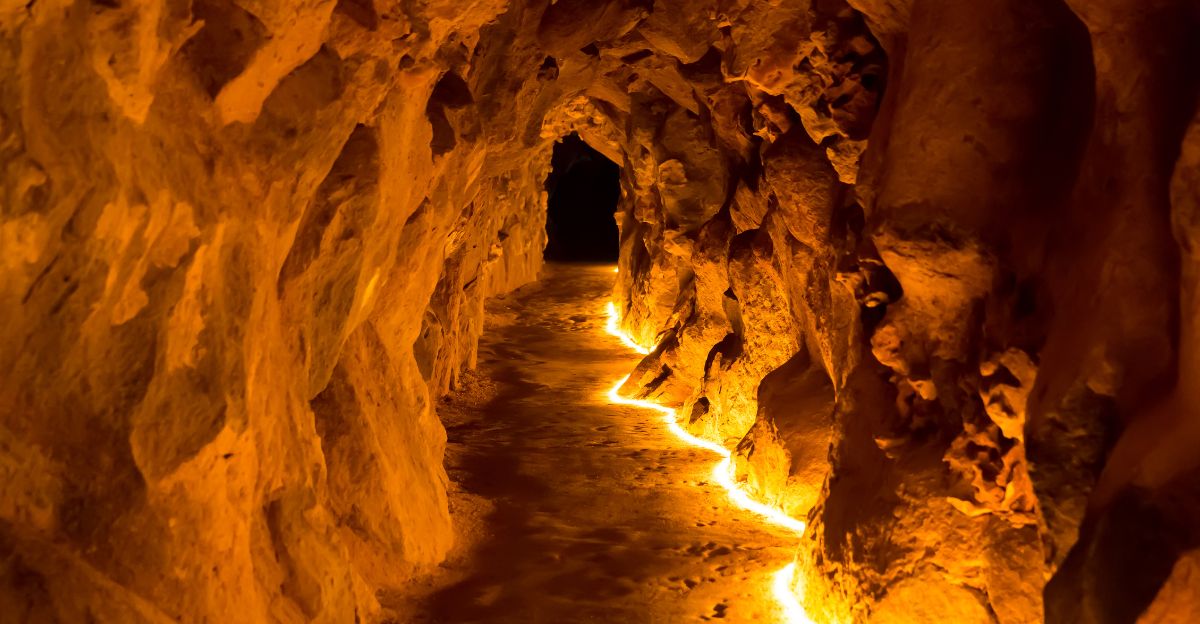
Disputes over tunnel ownership flare, especially when passages are found below churches or farmhouses. Some owners embrace conservation, while others resent additional costs or fear losing development rights. “We want to preserve history but not sacrifice property values,” says Hans Müller, Austrian farmer.
Safeguarding Tunnel Sites
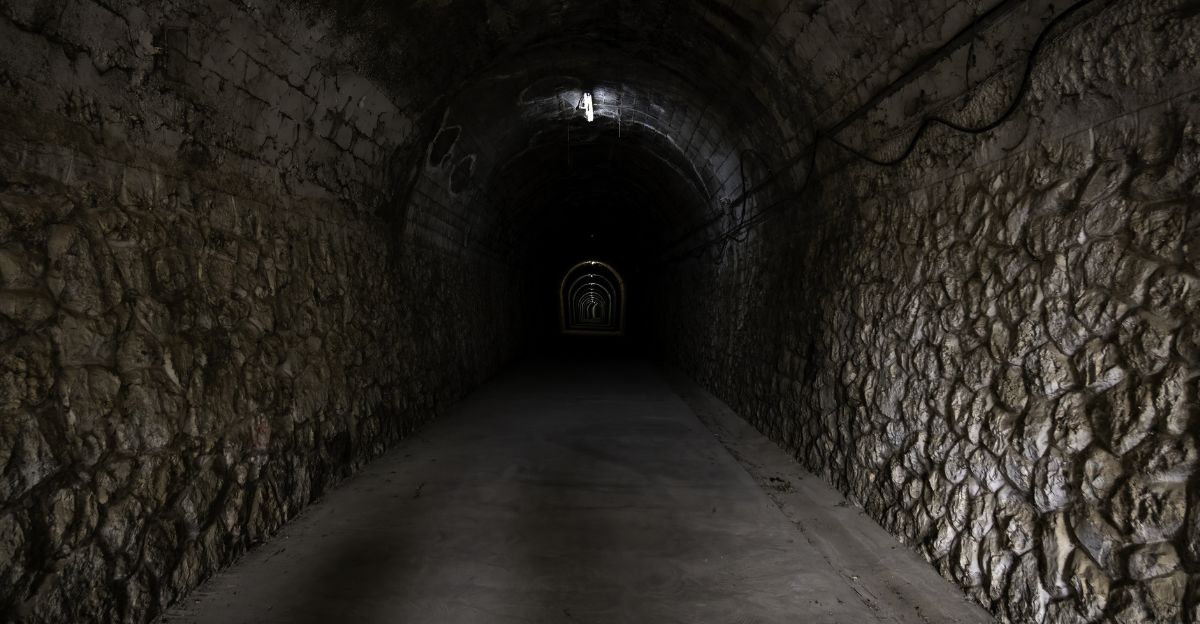
Recent changes in heritage agency leadership in Austria and Germany have led to renewed commitment to document and safeguard tunnel sites.
International cooperation has grown, with shared best practices and a push for standardized recording of subterranean heritage.
Comeback Strategies

Museums and tour operators offer Erdstall-themed exhibits and underground tours to boost public interest. Germany’s Bavarian Archaeological Museum features interactive displays, while local schools host subterranean history workshops. Funding for research rises as public fascination grows.
Expert Scepticism
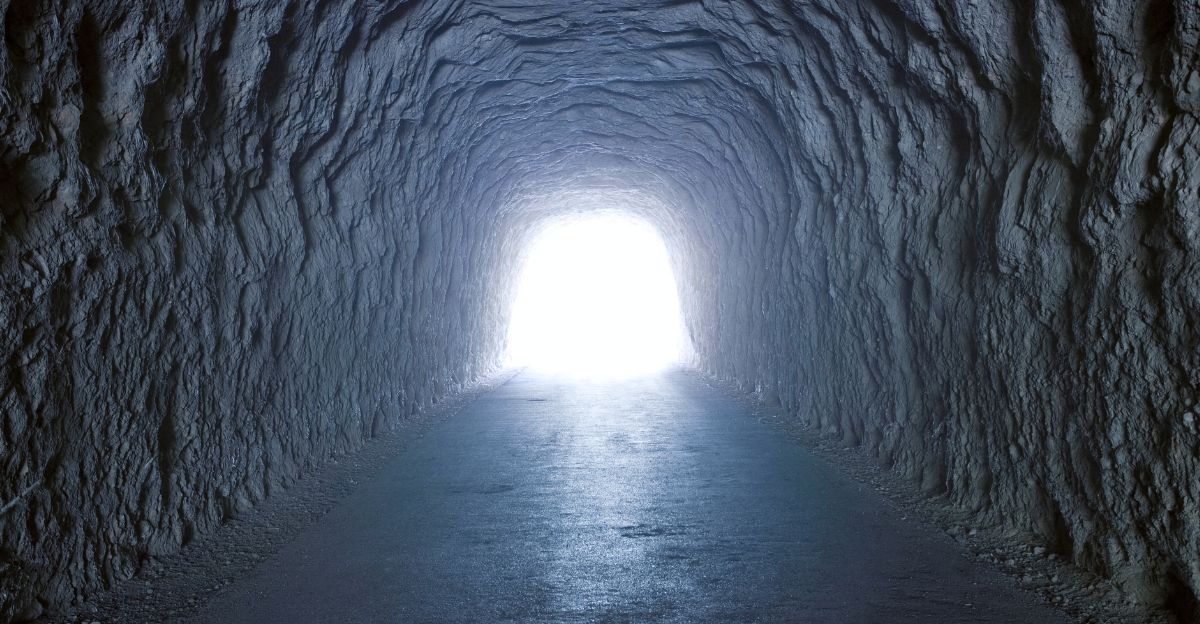
Renowned archaeologists such as Dr. Matthias Schulz caution against sensational claims. “Radiocarbon dating does not support a Stone Age supernetwork,” he told the BBC. Surveys show that most tunnels are short, regionally clustered, and lacking signs of continental connectivity.
The Road Ahead
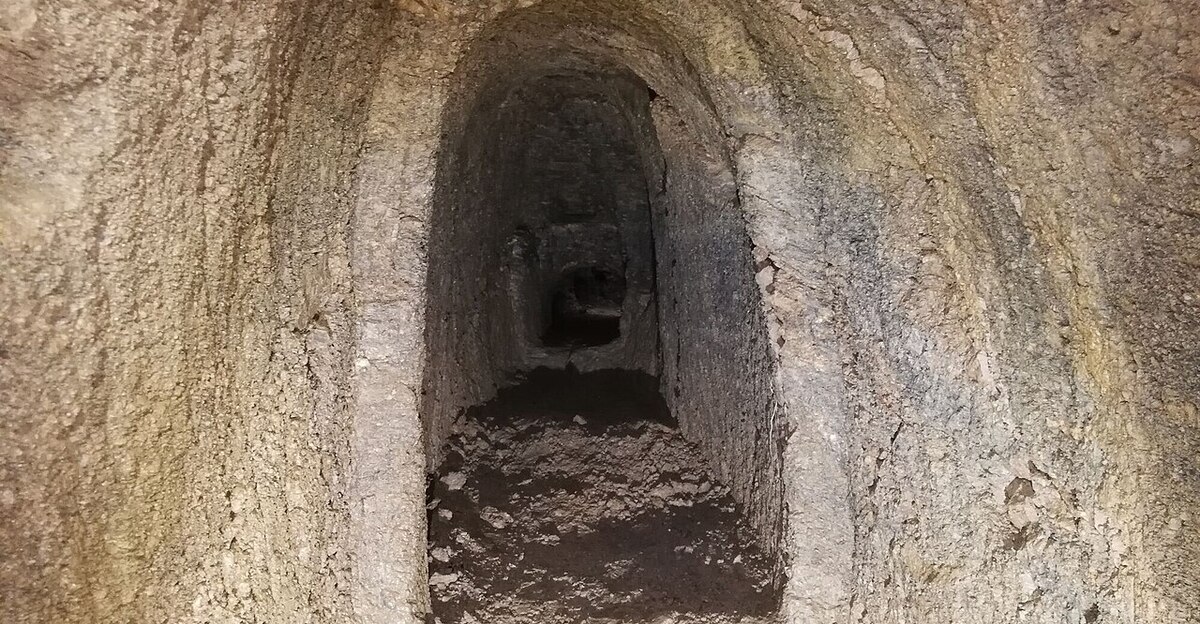
Will new technology reveal the secrets of Europe’s tunnels? Researchers are optimistic, employing 3D laser mapping, pollen analysis, and DNA studies to unearth clues about builders and uses. Plans for further excavation and cross-border collaboration are in the works.
Heritage Preservation
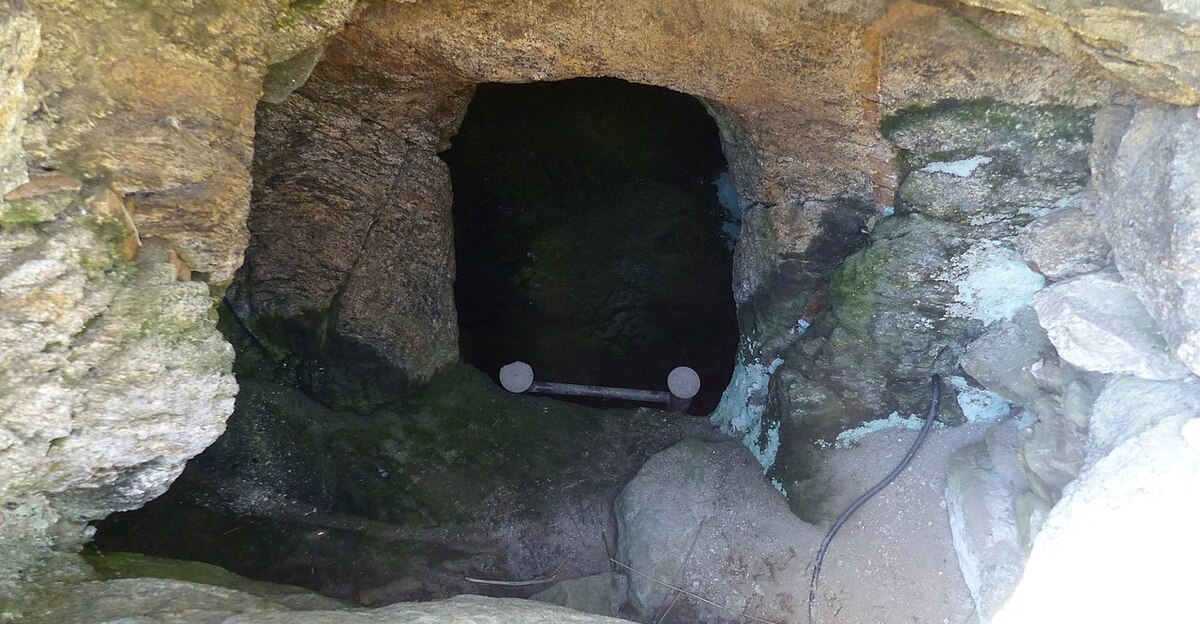
Controversies flare when new infrastructure threatens ancient tunnels. Debates over the proposed Stonehenge road tunnel illustrate how governments try to balance heritage preservation with economic goals. Activists push for stricter laws to protect fragile subterranean sites.
Inspiring Global Research
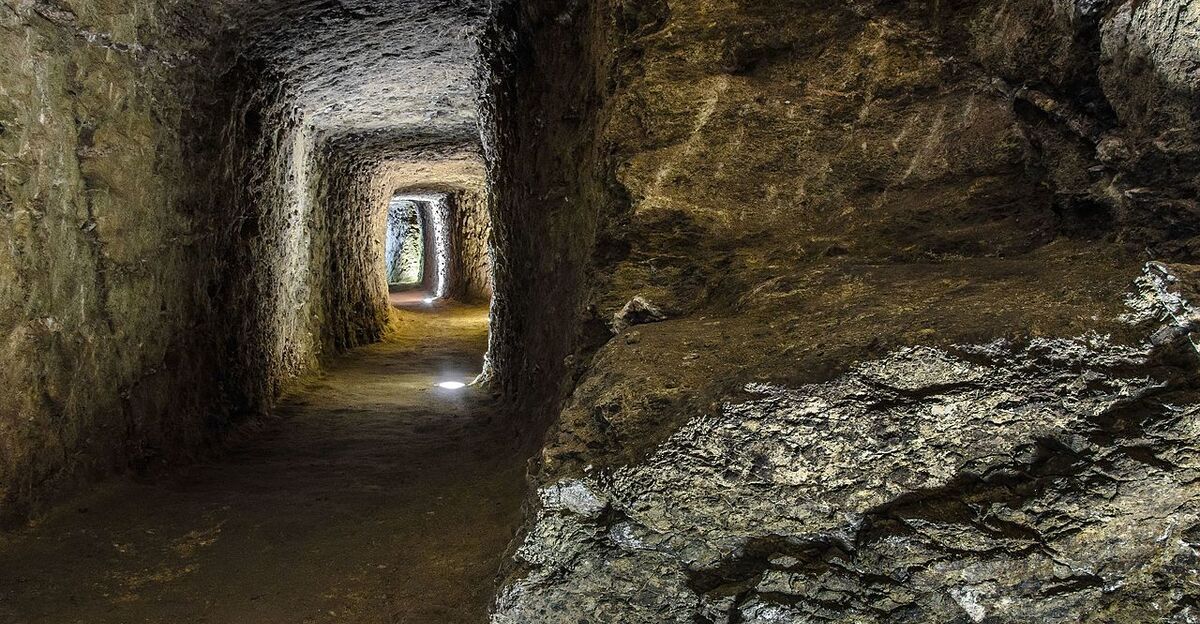
Interest in European tunnel mysteries has inspired global research parallels. Turkey’s Derinkuyu underground city draws comparisons to Erdstalls, and international teams seek common ground in methods and historical interpretation.
Environmental Concerns
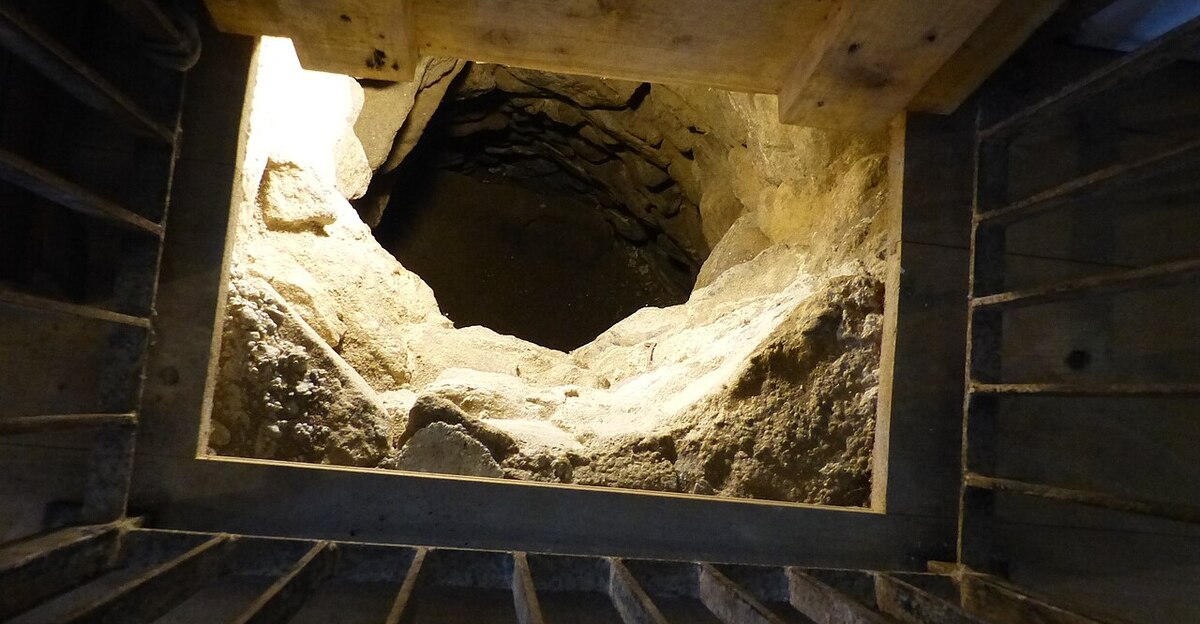
Preserving tunnels impacts local ecosystems, as excavation can disrupt water tables and damage habitats. Environmental agencies argue for sensitive policies, suggesting that conservation needs to address both historical and ecological factors.
Culture and Perception

Regional legends and folklore now feature Erdstalls, blending documented fact with myth. Guided underground tours, traditional festivals, and documentaries foster pride in this subterranean legacy—as well as curiosity about the enigma still at its heart.
Mystery and Cultural Fascination
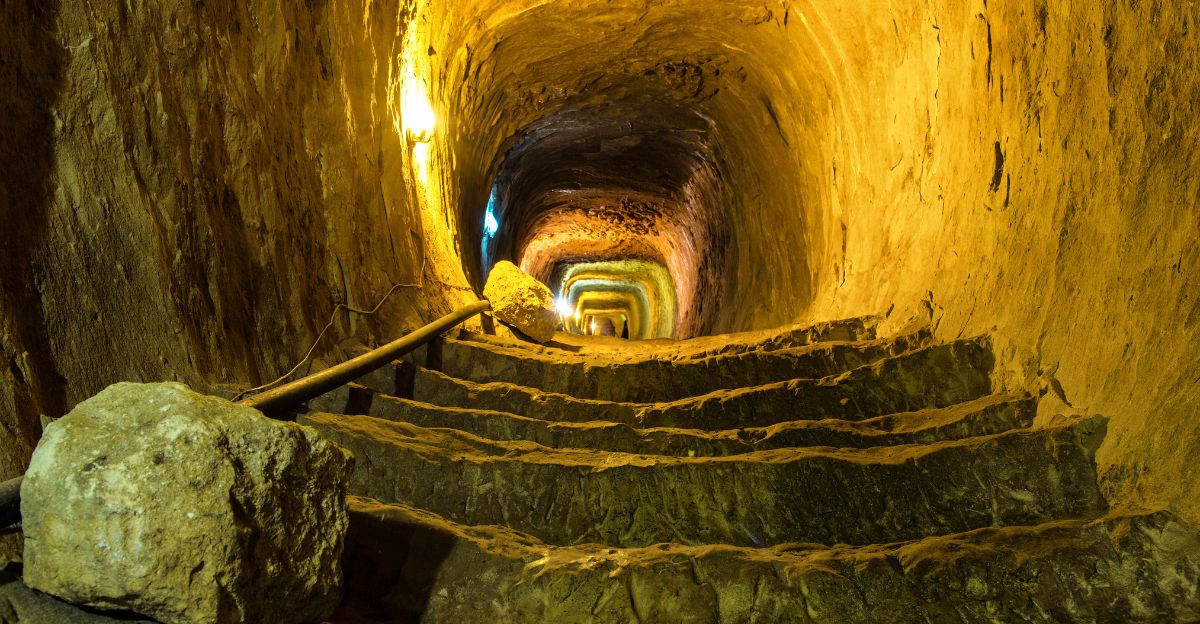
Europe’s ancient hidden tunnels symbolize a blend of scientific mystery and cultural fascination. The resurgence of research, growing international cooperation, and continued technological advance suggest the subterranean past still has many secrets waiting beneath our feet.